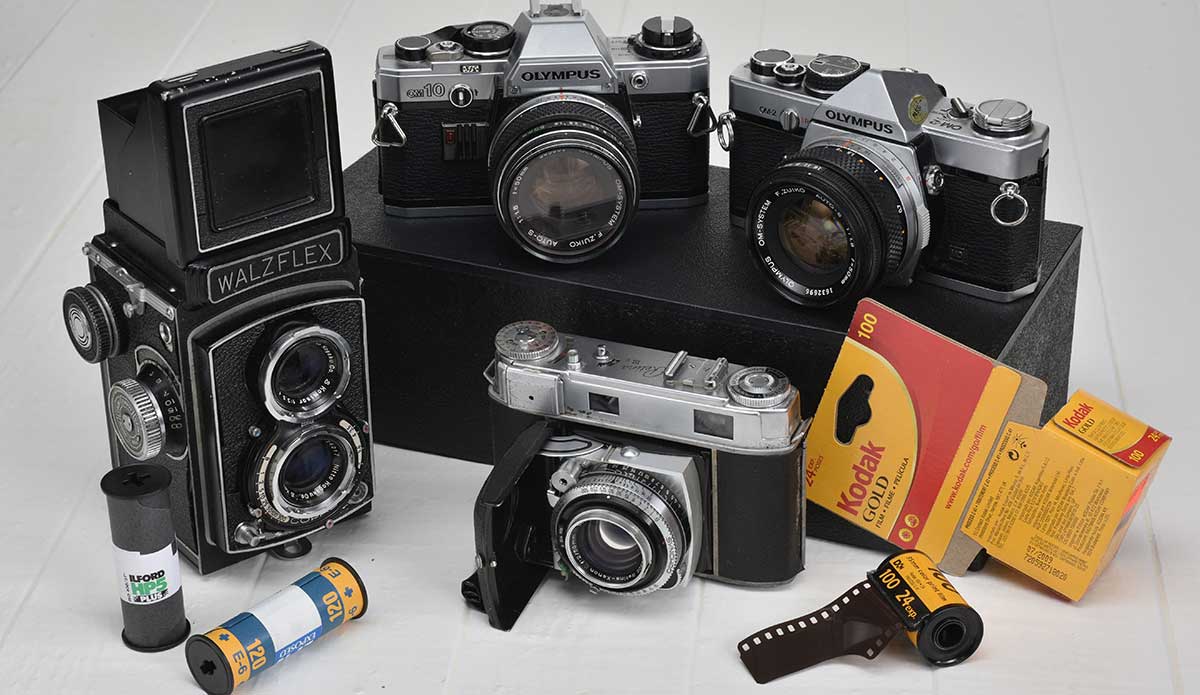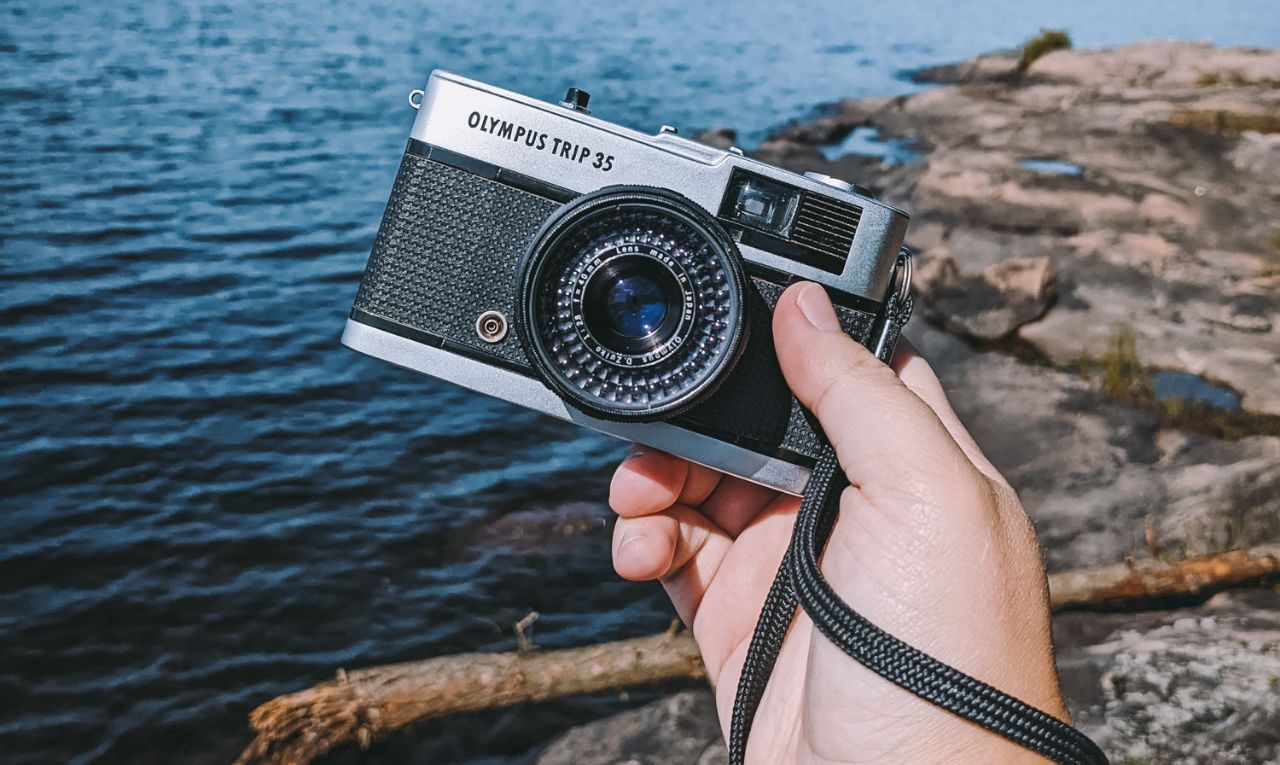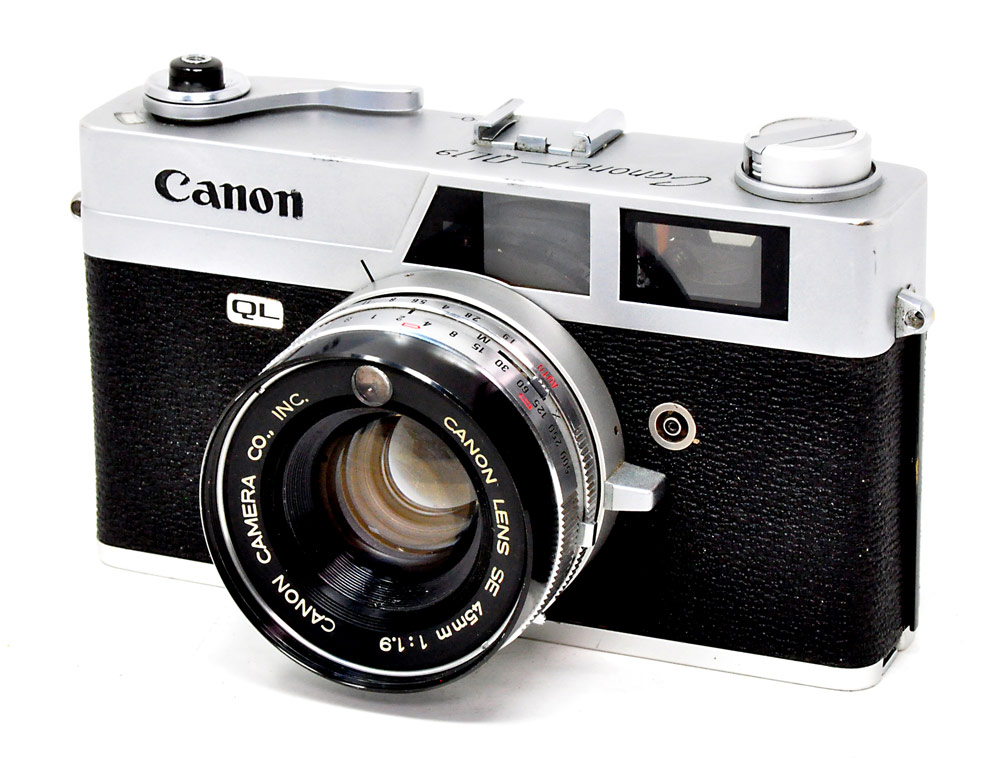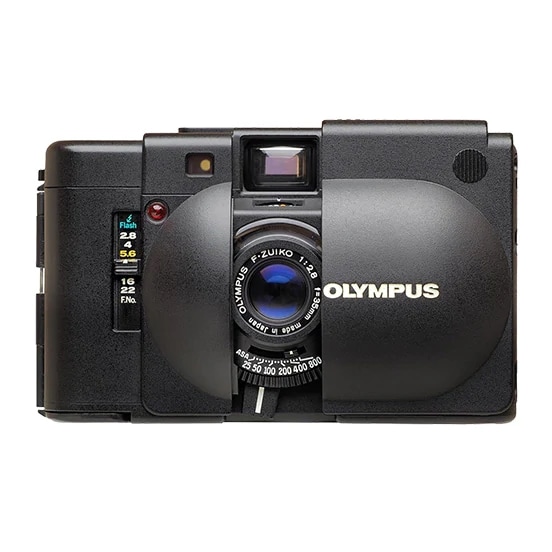In the midst of the digital age, the classic 35mm camera format is making a surprising and powerful comeback. This resurgence is not just a case of nostalgia; it represents a deliberate choice by photographers to reconnect with the tactile experience of photography, appreciate the quality of film, and embrace the limitations that foster creativity. As enthusiasts and professionals alike are rediscovering the joy of shooting with film, 35mm cameras are at the forefront of this revival. Let’s delve into why this classic format is celebrated once more, from its unmatched aesthetic to its educational value in understanding photography’s basics.
The Unmatched Aesthetic of 35mm Film
The Texture and Warmth of Film
One of the most compelling reasons for the return of 35mm cameras is the distinctive look that film provides. Unlike digital images that can often feel too perfect or sterile, film photography imparts a texture and warmth to images that digital sensors struggle to replicate. The grain of 35mm film adds depth and character to photos, offering a visual experience that stands apart in the era of high-resolution digital images. This unique aesthetic is appealing to photographers who strive to infuse their work with a sense of nostalgia or timeless quality.
Dynamic Range and Color Representation
Another aspect where 35mm film excels is in its dynamic range and color representation. Film naturally captures a broader range of light and dark, allowing for more detail in both the shadows and highlights of an image. Colors also appear more nuanced on film, with a depth and richness that many digital cameras can only achieve through post-processing. This ability to capture the world more accurately and artfully is driving many photographers back to the cherished 35mm format.

Fostering Creativity Through Limitations
The Deliberate Process of Film Photography
Shooting with a 35mm camera slows down the photographic process, turning it into a more deliberate and contemplative act. Unlike digital cameras, where the number of shots is virtually unlimited, a roll of film typically offers only 24 or 36 exposures. This limitation forces photographers to think carefully about each shot, from composition to exposure settings. This mindful approach to photography often results in a more thoughtful and cohesive body of work, showcasing the creativity that blossoms under constraint.
Learning to Embrace Imperfections
Working with film also means accepting and even embracing imperfections. Light leaks, slight misfocus, or unexpected results from developing can turn an ordinary photograph into a remarkable image. These so-called flaws add character and a sense of spontaneity to photographs, often becoming the elements that the photographer and viewer cherish the most. The unpredictable nature of film can inspire photographers to experiment more freely and accept the happy accidents that occur, further enriching their creative journey.

The Educational Value of Shooting with 35mm Cameras
Understanding the Fundamentals
For beginners, starting with a 35mm camera can be an excellent foundation in photography. The manual adjustments required—focusing the lens, setting the aperture and shutter speed, loading and advancing the film—demand a comprehensive understanding of photographic principles. This hands-on experience with the mechanics of photography provides invaluable lessons on the effects of light, exposure, and composition, knowledge that remains useful even when moving to digital photography.
The Tangible Connection to Photography’s History
Shooting with 35mm film also offers a tangible connection to the history of photography. By using the same type of camera and film that iconic photographers have used for over a century, beginners and seasoned photographers alike can feel part of a long tradition of visual storytelling. This historical perspective can deepen one’s appreciation for the art form and inspire a deeper level of commitment to pursuing unique photographic expressions.

Why the Resurgence Is Here to Stay
A Growing Community of Film Enthusiasts
The comeback of 35mm cameras is supported by a growing community of film enthusiasts who share their knowledge, experiences, and photographic works through social media, online forums, and local meet-ups. This supportive community not only helps newcomers navigate the complexities of film photography but also creates a sense of belonging among those who value this traditional form of artistic expression.
The Blend of Analog and Digital Techniques
As the photography industry continues to evolve, the resurgence of 35mm film doesn’t signify a rejection of digital technology but rather a harmonious blend of old and new. Many photographers use film to capture their images but rely on digital tools for editing and sharing their work. This hybrid approach allows photographers to enjoy the best of both worlds—embracing the tactile and aesthetic qualities of film while taking advantage of the convenience and reach of digital platforms.

The Sustainability Conversation
An important dimension of the film photography revival involves sustainability. As photographers return to 35mm cameras, there’s an increased awareness about the environmental impact of both film and digital photography. This consciousness is driving innovation and practices aimed at reducing waste and promoting the reusability of materials across the photography industry. Film enthusiasts are exploring eco-friendly developing processes and advocating for the recycling of film cameras and accessories, aligning the resurgence of film photography with broader environmental goals. The consideration of sustainability adds another layer to the decision to shoot film, making it not just an artistic or nostalgic choice, but also an ethical one.
Looking to the Future
The resurgence of 35mm film photography is more than a fleeting trend; it’s a movement that speaks to the enduring value of film in capturing and conveying our world. As new generations discover the magic of film, they contribute fresh perspectives and innovations that ensure the medium remains relevant and vibrant. Educational institutions, photography workshops, and online tutorials are increasingly incorporating film into their curricula, recognizing the importance of this medium in teaching the fundamental principles of photography. Moreover, film manufacturers and indie developers are responding to the renewed interest with a wider variety of film stocks and improved processing techniques, promising a future where film and digital coexist and enrich the photographic landscape together.

In embracing the analog, the photography community is not rejecting the advances of digital but is seeking a more mindful and holistic approach to capturing images. The comeback of the 35mm camera signifies a rebalance of the values we associate with photography, emphasizing quality, craftsmanship, and a deeper connection with our subjects. As we move forward, the lessons learned from film photography will continue to influence and inspire, irrespective of the medium, reinforcing the timeless essence of capturing light and moments in a way that resonates with both the photographer and the viewer.
